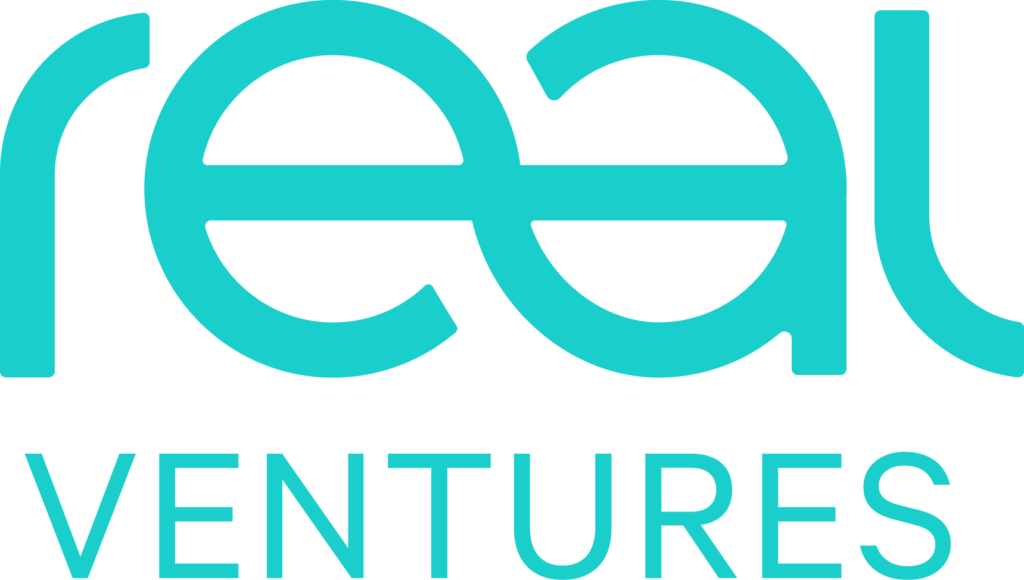The financial model has long been a staple of the traditional entrepreneurial arsenal — a tool meant to help you predict and plan what needs to happen for your company to survive and thrive. But let’s face it: none of us have 100% control over the factors that influence that success. That’s why we encourage our startups to think of their financial model as the basis of a science experiment. It contains data-driven projections about the future of your business, of course, but it also creates structures and processes to ensure the continuous and systematic testing of those hypothesized projections. At our recent FounderCamp, Real Ventures co-founder and veteran investor John Stokes shared some powerful tools and experimental methodologies to help startups avoid paralysis or complacency when it comes to moving their business forward.
Step 1. Defining your hypothesis
Every experiment starts with a hunch or an assumption you’re looking to prove or disprove. In the case of a financial plan, your hypothesis is based on data-driven projections about the future of your business — how quickly it’ll grow, how much it’ll cost you to run, how quickly you’ll be able to turn a profit and who will respond best to your product or solution. It’s a bit like working out a puzzle — locking in what you know and trying different combinations to fill in the gaps until finally, you have the puzzle mastered.
As a baseline, your financial model will need to list out all the costs that will support your sales volume and run your operations. Here are a few cost categories to consider.
- Cost of the product or solution (raw materials, labour, web hosting, etc.)
- Marketing budgets
- Sales and client acquisition costs
- Client success and support expenditures
- Engineering and product development expenses
- General administrative costs
You’ll also need to hypothesize your profits based on your cost and revenue predictions. Here you may want to adjust or create different scenarios based on your objectives. For example, if you’re hoping to prioritize fast growth, you may decide to invest heavily in referral-based lead generation, complementary features or upselling to generate more revenue from existing clients. That’ll mean projecting higher initial revenues, but also planning for more costs associated with marketing and increasing your funnel capacity (i.e. hiring more salespeople). This should all be mapped out in your financial model.
Warning: the moment when you start generating revenue can be a very dangerous time for your business.
When you were trying to forecast costs only, you had more control — you could be disciplined and nearly spot on with your spending. But once you’re generating revenue, you can easily get blindsided by churn or optimistic projections. Early excitement that someone will actually pay for something that you’ve conceived and developed can lead us down a path of believing that success is just around the corner, but this is when we need to be extra careful and self-aware; the allure of money and validation can easily lead us astray of our original mission and vision.
And what if you’re not generating revenue? John says it’s about rethinking your understanding of profitability.
“If you’re not generating revenue yet, think of your burn-rate in terms of negative revenue. In other words, for every dollar that you’re investing in your costs, how much progress are you making in proving your assumptions? Every time you spend money, ask yourself: ‘Was that a good use of the money invested in proving out my assumption?” – John Stokes, cofounder, Real Ventures
Step 2. Structuring your financial experiment
Though we’re big believers in the importance of curiosity and following your gut, extracting reliable results and insights from any experiment requires a clear and rigorous methodology. Though experimenting with your financial model obviously differs from trying to uncover a new molecule, some of the basic rules of sound scientific experimentation still provide a great starting point. Here are just a few that can prove especially useful:
- Find a narrow hypothesis to test: don’t ask yourself if you should invest in lead gen, ask yourself if you should invest $500 in Facebook or Google ads.
- Use clean, well-defined data: do your sales numbers include revenue from both new and return customers? Is an acquisition someone that’s entered your funnel, or made a purchase?
- Create a solid baseline: will your nine-month revenue numbers be the result of a seasonal change in demand, or would it have gradually built up to those same numbers had it kept incrementally growing at the same pace documented over your first three months?
- Focus on disproving your assumptions: “When you think you’re right about something, it’s only human nature to want to go out and find evidence to support your convictions. Bad news is, it’s easy to find evidence that supports your beliefs even if your beliefs are wrong. The search for supporting evidence is considered a human bias. Science calls it a ‘confirmation bias.’ In its ideal form, science keeps our need-to-be-right in check with getting at the truth. Science sets out to find disconfirming evidence. — Andrea Morris, Forbes”
- Isolate influencing factors: could your numbers be impacted by speed-to-market, new technology, weather shifts, current affairs and politics, talent acquisition, celebrity culture, new management or exchange rates?
- Commit to a clear tool and methodology: avoid collecting data in multiple siloed locations, recording it in various incompatible formats, or extending the experiment until you get the results you want — it can seriously impact the viability of your results.
- Show your work: as Seth Godin so aptly frames it in his popular podcast Akimbo, sharing your early projections not only allows you to get a second set of eyes on your numbers but forces you to walk someone through your logic and creates opportunities for others to spot potential assumptions to explore.
As your experiments run their course, how often should you change an assumption? Every single time you know it’s wrong. As for the forecasts you provide to investors and board members, John says that whether it should be updated and re-communicated or not depends on whether there are variables you can adjust to make up for your disproven hypothesis. If not, get a new budget approved! This is where creativity comes in. If you find out that a product you need costs 5 times your initially projected amount, you either find another spot along your chain of production to make up for that cost — or you create a new milestone to test.
Step 3. Tracking and communicating
What’s the most creative tool in the world when it comes to tracking your business experiments? According to John: a spreadsheet.
Within our team at Real, the almighty spreadsheet is seen as a representation of your business. It’s not just something you build when you’re turning a profit — it’s where you go to fundamentally prove that you’ll be able to generate enough revenue to sustain your business.
It’s also a way to understand your history at a glance. As you change your assumptions and milestones, you’ll be adapting your business model as well, but be sure to save every version. That way, you’ll be able to look back and showcase every experiment, iteration and big step not only for potential investors but for anyone joining your strategy team that needs to understand what’s already been tried and tested. So be meticulous and start with your spreadsheet from day one. It needs to be detailed enough that someone can pick it up, read it and understand the essence of your business.
John’s five tips for building a powerful financial model:
1. Structure your financial model with 3 different tab categories:
- Inputs tabs: assumptions (mostly hard-coded figures)
- Calculation tabs: underlying calculations generated from inputs-only formulas, and;
- Output tabs: financial statements and key metrics-only formulas
2. Colour-code your input as blue and your formula cells as black so the user/reader can easily identify what cells to change to tweak your projections
3. Don’t use hard-coded figures in your calculations
4. Break out formulas into separate lines so it’s easier to review and audit
5. Ensure that each column has the same purpose/time range across the multiple worksheets. For example, column D-G are all equal to Jan 2020, Feb 2020, March 2020, etc.
With your assumptions and results all mapped out in a well-structured spreadsheet. you’re ready to communicate with your board, your team, and your community.
A solid experiment-based approach to updating your board on your latest progress empowers you to have effective, assumptions-driven meetings that allow you to drill down layer by layer. You might find, for example, that your key issue was an overly ambitious conversion rate — not a delayed speed-to-market prediction. And remember: disproven assumptions aren’t failures, they’re steps in the right direction through a rigorous process of elimination.
Because fundamentally, your financial model is a highly educated guess. You’re constantly putting stakes in the ground, iterating based on what’s happening in the real world, and getting closer to the right answers. But treating your startup like a science experiment also means having the humility and self-awareness to know when your attachment to an assumption is about anything other than data and evidence — and then having the courage and resilience to follow your results in a slightly new, unexpected direction.
**********
For more insights, fundraising advice, founder stories, ecosystem deep dives and industry trends, sign up for our newsletter and follow us on Twitter, LinkedIn and Facebook.




